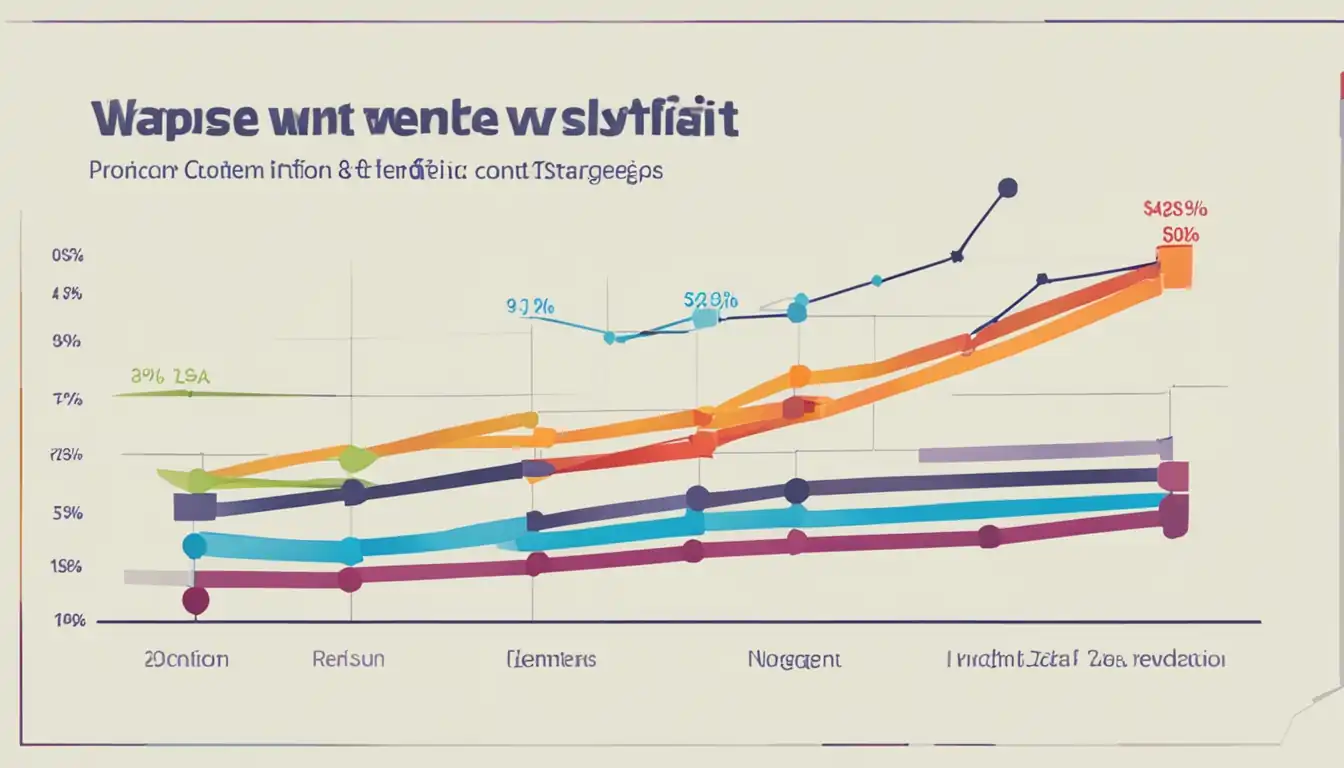Mastering SEO Content Syndication

In the vast digital landscape, mastering SEO content syndication is like finding a hidden treasure chest full of gold coins. It's a strategic approach that can boost your site's visibility, enhance domain authority, and ultimately drive more traffic to your digital doorstep. So, buckle up and get ready to dive deep into the world of SEO content syndication.
What is SEO Content Syndication

Understanding the Basics
SEO content syndication is the process of republishing your original content on third-party websites to reach a wider audience and improve your search engine optimization (SEO) efforts. This strategy involves sharing your content with other websites, blogs, or online platforms to increase visibility and drive traffic back to your own website.
The Role in Digital Marketing Strategy
SEO content syndication plays a crucial role in a comprehensive digital marketing strategy. By distributing your content across various platforms, you can attract new audiences, build brand awareness, and establish credibility in your industry. Additionally, syndicating your content can help improve your website's search engine rankings by generating backlinks from reputable sources.
Benefits of SEO Content Syndication
Boosting Your Site's Visibility
SEO content syndication plays a crucial role in boosting your site's visibility across various platforms. By sharing your content on reputable websites, you can reach a wider audience and drive more traffic to your site. This increased visibility can lead to higher search engine rankings and ultimately improve your online presence.
Enhancing Domain Authority
When you syndicate your content on high-quality websites, you not only increase your site's visibility but also enhance your domain authority. Backlinks from authoritative sites can improve your site's credibility in the eyes of search engines, leading to better organic search rankings. Additionally, by associating your brand with reputable publishers, you can build trust with your audience and establish yourself as an industry leader.
Crafting Content for Syndication
When it comes to mastering SEO content syndication, crafting high-quality and shareable content is essential. Here are some key elements to keep in mind:
Key Elements of Shareable Content
- Relevance: Ensure that your content is relevant to your target audience and aligns with their interests and needs.
- Quality: Produce well-written, informative, and engaging content that provides value to readers.
- Visual Appeal: Incorporate eye-catching images, videos, infographics, or other visual elements to enhance the overall appeal of your content.
- Consistency: Maintain a consistent tone, style, and brand voice across all your syndicated content.
- Call-to-Action: Include clear calls-to-action that encourage readers to engage with your content or take a specific action.
By focusing on these key elements, you can create content that is more likely to be shared across different platforms.
Tailoring Content for Different Platforms
Different social media platforms and websites have unique audiences and requirements. To maximize the impact of your syndicated content, consider tailoring it for each platform:
- Twitter: Craft concise and attention-grabbing tweets with relevant hashtags to increase visibility.
- Facebook: Create engaging posts with interactive elements like polls or quizzes to encourage user interaction.
- LinkedIn: Share professional insights, industry news, or thought leadership articles to establish credibility within your network.
- Instagram: Use visually appealing images or videos with compelling captions to drive engagement.
- Medium: Publish long-form articles or thought-provoking pieces that cater to a more literary audience.
By adapting your content strategy for each platform, you can effectively reach a wider audience and drive more traffic back to your website through SEO content syndication strategies.
Best Practices for SEO Content Syndication
Choosing the Right Partners and Platforms
When it comes to syndicating your content, it is crucial to choose the right partners and platforms. Look for reputable websites and platforms that have a strong online presence and audience that aligns with your target market. Consider factors such as domain authority, relevance to your industry, and engagement metrics when selecting partners for syndication.
Maintaining Consistency in Brand Message
Consistency in brand message is key when syndicating content across different platforms. Ensure that your brand voice, messaging, and values remain consistent across all channels to build trust and credibility with your audience. Create a style guide or content playbook to ensure that all syndicated content reflects your brand identity accurately.
By following these best practices, you can effectively master SEO content syndication and maximize the reach and impact of your content marketing efforts.
Measuring the Impact of Content Syndication

Content syndication can be a powerful tool in boosting your SEO efforts, but how do you measure its impact? Here are some key points to consider when evaluating the success of your content syndication strategy.
Tools and Metrics to Track Success
When it comes to measuring the impact of content syndication, there are several tools and metrics that can help you track the success of your efforts. Some key tools and metrics to consider include:
Google Analytics: This tool can provide valuable insights into how much traffic your syndicated content is driving to your website.
Backlink Monitoring Tools: Keep an eye on the number and quality of backlinks generated from syndicated content to gauge its impact on your site's authority.
Social Media Analytics: Monitor social media platforms where your syndicated content is being shared to see how it is resonating with audiences.
SEO Ranking Tools: Track changes in search engine rankings for keywords related to your syndicated content to assess its impact on organic visibility.
Analyzing and Interpreting Data
Once you have collected data using these tools and metrics, it's important to analyze and interpret the results effectively. Here are some tips for making sense of the data:
"Look for trends in traffic, backlinks, social shares, and keyword rankings over time to identify patterns of success or areas for improvement."
"Compare the performance of syndicated content across different platforms or publishers to determine which channels are most effective for reaching your target audience."
"Use A/B testing or split testing techniques to experiment with different approaches to content syndication and measure their respective impacts on key metrics."
By consistently monitoring, analyzing, and interpreting data related to your content syndication efforts, you can optimize your strategy for maximum impact on SEO performance.
Conclusion
As you navigate the waters of SEO content syndication, remember that consistency is key, choosing the right partners and platforms can make all the difference, and measuring success is essential for refining your strategy. By understanding the basics, crafting shareable content, following best practices, and analyzing data, you'll be well on your way to mastering SEO content syndication like a pro. So go forth with confidence and watch your digital presence soar to new heights!